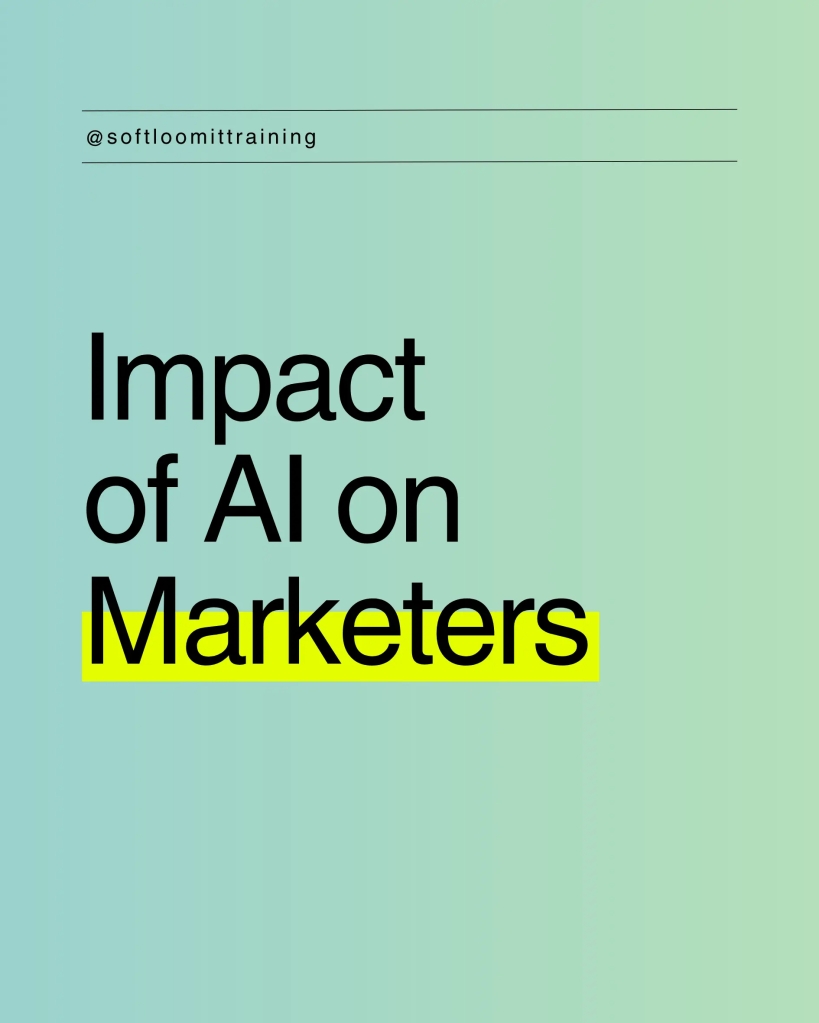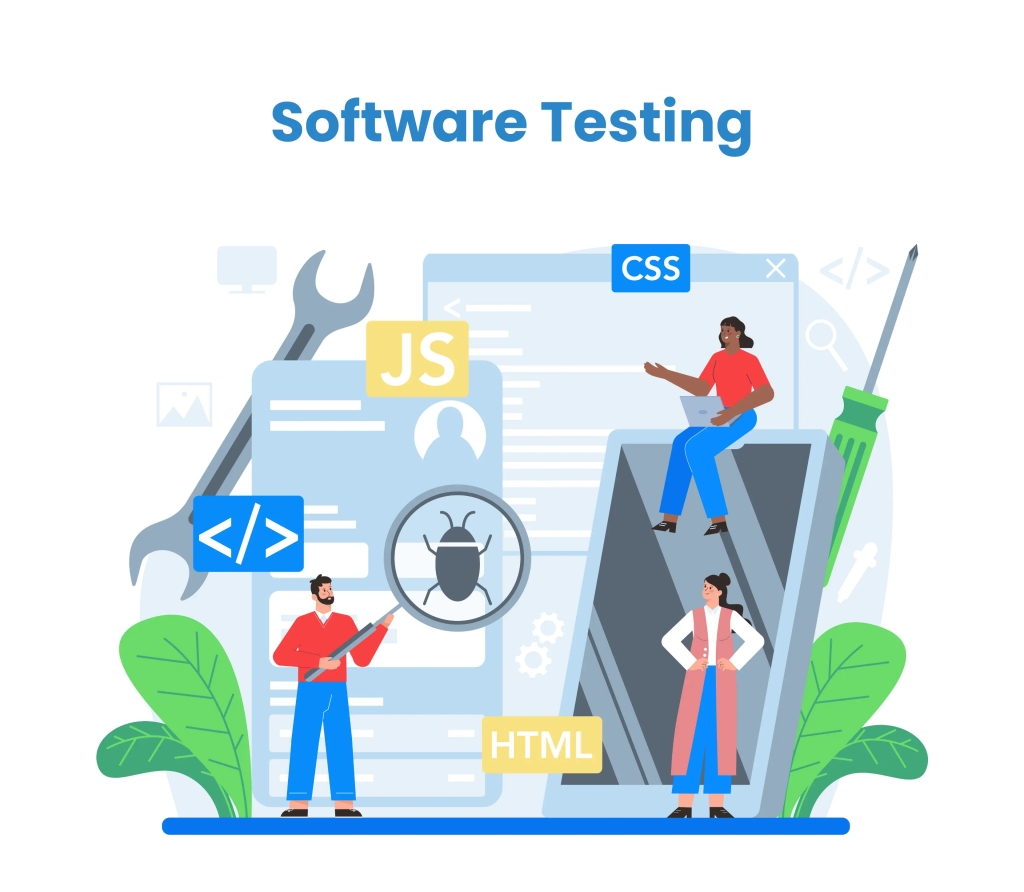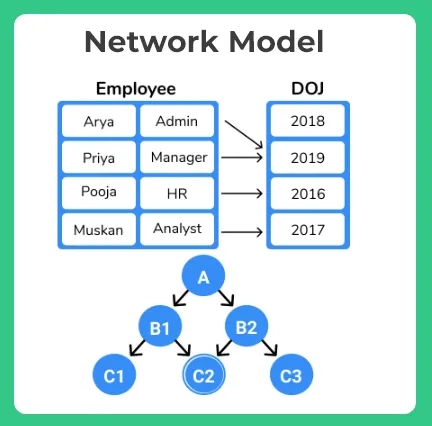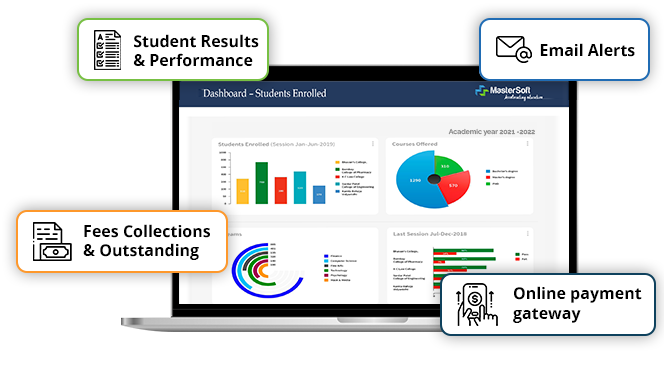Keeping up with marketing trends is essential to success in an ever-changing world. As technology continues to advance at a rapid pace, one of the most transformative developments in recent years has been the integration of artificial intelligence (AI) into marketing strategies. From analyzing data to personalizing content, AI tools are revolutionizing the way marketers connect with their audiences and drive results. In this blog post, we’ll explore how AI tools are shaping the future of marketing and what this means for businesses and marketers alike.

Understanding AI in Marketing
Artificial intelligence encompasses a range of technologies that enable machines to perform tasks that traditionally required human intelligence. In the context of marketing, AI is being used to automate processes, analyze vast amounts of data, and deliver personalized experiences to consumers.
Data-Driven Insights
One of the most significant benefits of AI in marketing is its ability to analyze data on a scale that would be impossible for humans alone. AI-powered analytics platforms can process large datasets in real-time, uncovering valuable insights into consumer behavior, preferences, and trends. By understanding these insights, marketers can make more informed decisions and tailor their strategies to meet the needs of their target audience.
Personalized Experiences
Modern marketing relies heavily on personalization, and AI will further improve it. By leveraging machine learning algorithms, marketers can create highly personalized experiences for consumers across various touchpoints, from email marketing to website customization. AI tools can analyze customer data to deliver targeted recommendations, personalized content, and tailored messaging, ultimately driving engagement and conversions.
Automation and Efficiency
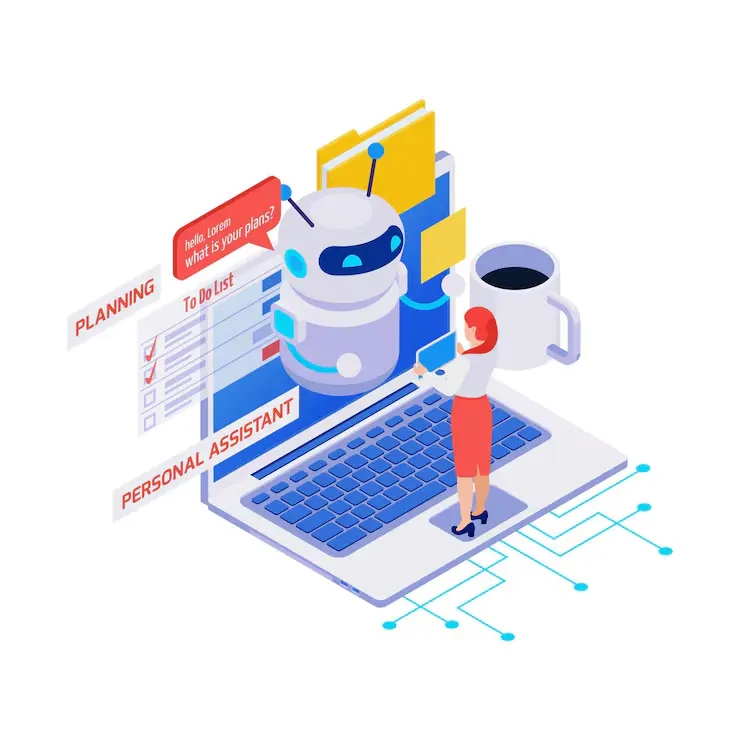
AI-powered automation is revolutionizing marketing processes, allowing marketers to streamline workflows and improve efficiency. Tasks such as content creation, email segmentation, and social media scheduling can now be automated with AI tools, freeing up valuable time for marketers to focus on strategy and creativity. Automation not only saves time and resources but also enables marketers to deliver more consistent and timely experiences to their audience.
Enhanced Customer Engagement
A new generation of chatbots and virtual assistants powered by artificial intelligence is transforming the way businesses interact with their customers. These intelligent bots can handle customer inquiries, provide personalized recommendations, and even assist with purchases, all in real-time. By incorporating AI-driven chatbots into their customer service strategies, businesses can improve responsiveness, enhance the customer experience, and drive sales.
Adapting to Change

As AI continues to advance, marketers must adapt to new technologies and trends to remain competitive. Embracing AI tools and incorporating them into marketing strategies is no longer optional but necessary for success in today’s digital landscape. By staying informed about the latest developments in AI and experimenting with new tools and techniques, marketers can stay ahead of the curve and continue to deliver impactful results for their brands.
Conclusion
AI is undoubtedly integral to the future of marketing. AI tools are reshaping the way marketers understand and engage with their audience, enabling them to deliver more personalized, efficient, and effective experiences than ever before. As AI continues to evolve, marketers must embrace these technologies and leverage them to drive innovation and growth in their organizations. By harnessing the power of AI, marketers can unlock new opportunities and shape the future of marketing in the years to come.
To know more visit: Five AI Marketing Tools Every Marketer Needs to Know
